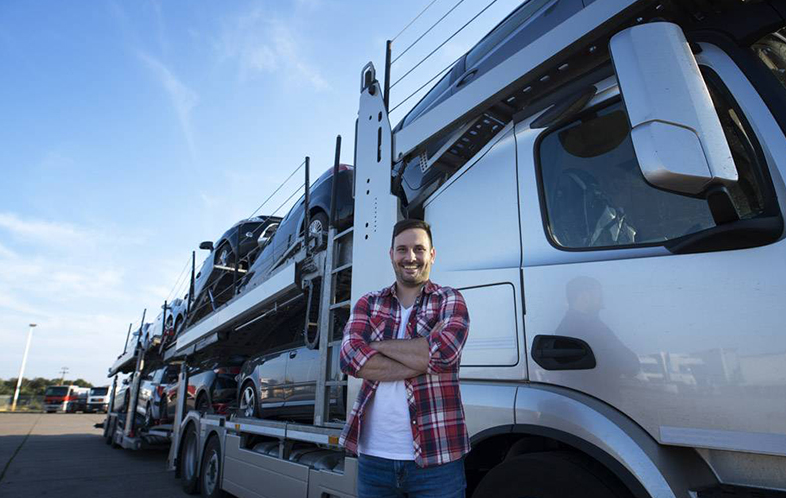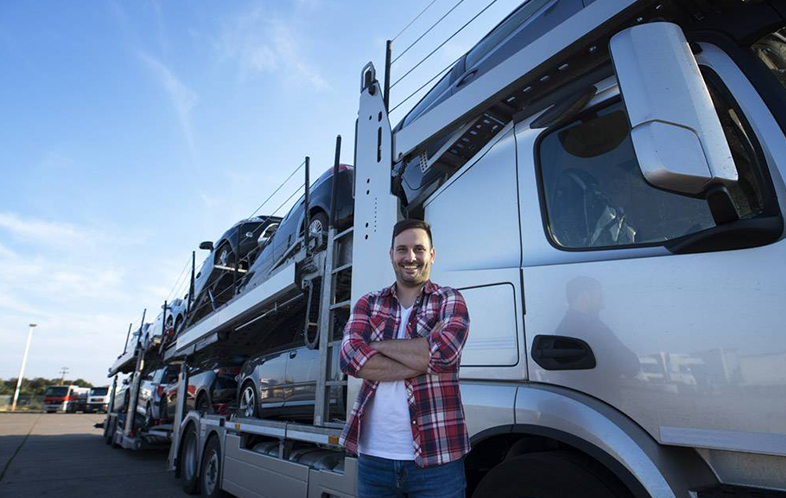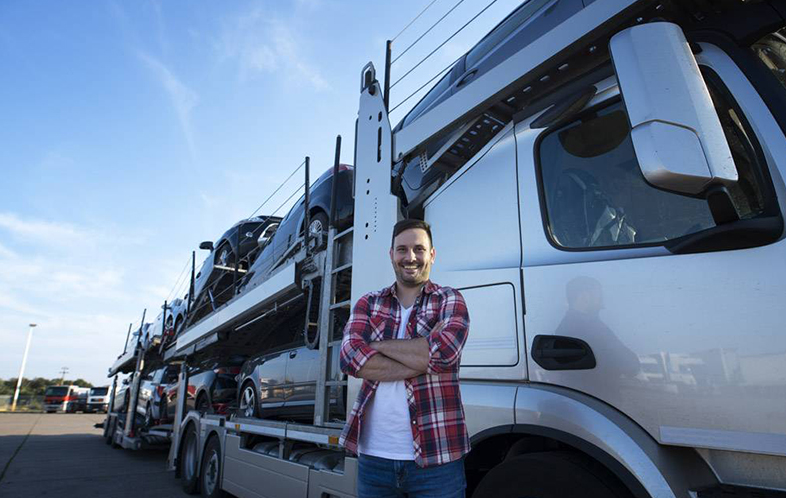Which is more reliable, reversing camera or radar? How to operate more safely when reversing? Authoritative measurement: reversing imaging + reversing radar, the effect is not as good as only reversing imaging. This may not seem like a scientific conclusion, but in fact, it is very scientific. That’s data from the Insurance Institute for Highway Safety (IIHS), a leading agency. Reversing the car is a headache for both novice and some old drivers. There is a large area of visual blind spot at the rear of the car. When reversing, you can only "blind" and accidentally hit something or even crash. Old people and children, causing tragedy.
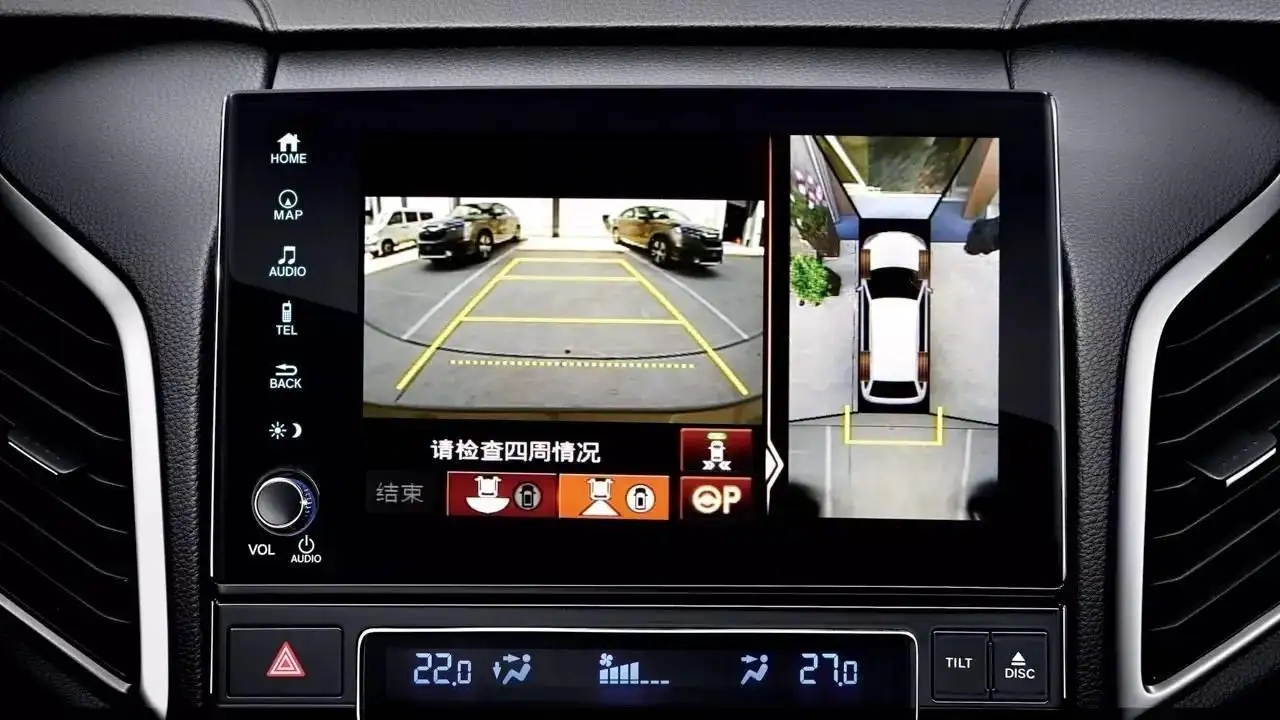
What is its inverse? The reversing image is filled with the reversing vision system. With digital display + voice prompt + real scene display + night vision + car multimedia functions. Through the rear camera, all obstacles in the field of view can be seen on the central control screen, allowing the driver to better understand the situation behind. How many problems can these two devices solve? The IIHS, an authoritative testing agency in the American auto industry, conducted a special test.
Inverting the image can reduce blind spots by 90%. The test is divided into two parts. The first part is to test how big the blind spot is when backing up. Twenty-one male drivers took part in the test, and they drove different cars. During the test, the pillars were placed in various positions on the rear of the car. At the top of the column are three layers of rings of different colors, representing the three heights for children aged 1-6.
The three rings of different colors represent the heights of children aged 1, 2 and a half to 3 and 5 to 6 years old. The results showed that the pillars were not visible from an average distance of 8 meters from the rear of the vehicle when viewed with the naked eye only from the rear-view mirror or rear window. In general, the bigger the model, the bigger the dead zone. If the reversing image is used, the blind spot can be reduced by about 90%. The blind spots of the reversing image are mainly concentrated near the sides of the rear of the vehicle.
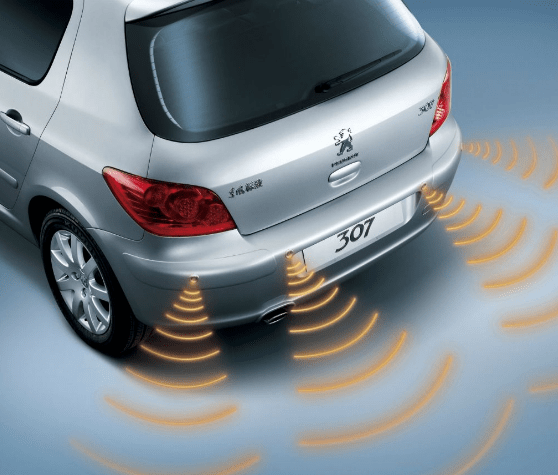
The opposite image is invalid on radar. The second part of the test was to test how people used reversing images and radar in the field to see how effective they were in practice. The test was conducted like this: After the volunteers drove to the test site, they were told to test the car’s multimedia system (the actual test items were hidden to prevent them from noticing how to reverse the car).
Then, the volunteers drove the car to a designated parking space for testing; finally, the volunteers backed out and drove the car back to the original place. Before reversing, child-sized test dummies made of Styrofoam were smuggled into the path of the reversing vehicle. In some cases, the test dummy was placed in the back of the car; in other cases, the dummy was moved from behind the car on the driver’s side to directly behind the car.
The results showed that 93.75% of the people hit the dummy; in the car with the reversing image, the proportion of the collision dummy was 56.25%; the probability of hitting the dummy was 75% for the car with both the reversing image and the radar. This test result is not surprising, most people might think that the combination of reversing image and radar would be more reliable, but...it should be explained that the reversing radar is not so incompetent.
In fact, many volunteers heard the siren but were slow to react and ended up hitting the dummy anyway. In this case, radar can mitigate the consequences of an accident. The strange thing about this test result is that the car with both the reversing image and the radar installed is less efficient than the car with only the reversing image. Why is this? The researchers at IISH explained that this was because the volunteers blindly believed the influence of the radar and did not observe the reversing image carefully enough, thus weakening the effect of the reversing image.
- Enhance Fleet Safety and Efficiency with the 2023 Iveco Daily Brake Light Camera2025-08-27
- See Clearly, Operate Safely: BRvision’s Heavy-Duty Camera Solutions2025-08-27
- 1TB Mobile SD video Recorder: The all-round guardian for security and driving2025-08-27
- New-generation 360 Degree Full HD Bird-View System2025-08-27
- Premium 7" Quad-Split Monitor for Superior Vehicle Monitoring2025-07-31
- Your Unbreakable 7" Vision Partner for Harsh Environments2025-07-31
- 9 INCH HD Quad Split Monitor2025-07-22
- Introducing the MNC04: Your Ultimate Compact Vision Solution for Tight Spaces!2025-07-22
- Tired of those nerve - wracking blind spots and constant visibility woes when operating trailers, mining trucks, or other heavy - duty construction vehicles?2025-07-22
- Brvision Makes Waves at Automechanika Istanbul 20252025-07-12
Copyright © 2025 Brivision-All rights reserved

